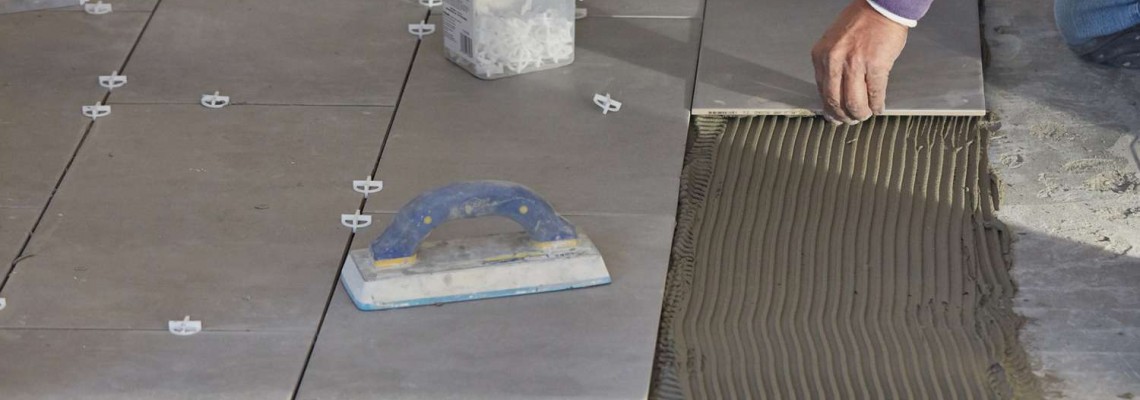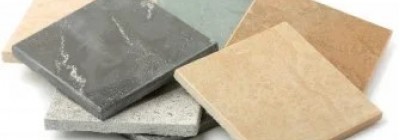23 Oct


Posted By
0 Comment(s)
767 View(s)
To lay your floor and wall tiles, you will need the following tools and materials:
- Tiles
- Thin-set mortar
- Notched trowel
- Spacers
- Level
- Mastic (optional)
- Tile saw (optional)
- Grout
- Grout float
- Sponge
- Bucket
- Mixing paddle
- Caulking gun
- Caulk (optional)
Preparation
- Remove all furniture and fixtures from the area to be tiled.
- Clean and dry the surface to be tiled.
- Repair any cracks or holes in the surface.
- Prime the surface with a thin-set mortar primer (if using).
- Mark out the pattern on the surface (if desired).
- Cut the tiles to size (if necessary).
Installation
- Mix the thin-set mortar according to the manufacturer's instructions.
- Apply a thin layer of thin-set mortar to the surface to be tiled using a notched trowel.
- Set the tiles in place, pressing them firmly into the mortar.
- Use spacers to ensure that the tiles are evenly spaced.
- Allow the thin-set mortar to dry completely.
Grouting
- Mix the grout according to the manufacturer's instructions.
- Apply the grout to the joints between the tiles using a grout float.
- Allow the grout to dry completely.
- Wipe away any excess grout with a damp sponge.
Finishing
- Seal the grout with a grout sealer (if using).
- Apply caulk to the joints between the tiles and the wall or floor (if desired).
Tips for laying floor and wall tiles
- Start in a corner and work your way out.
- Use a level to ensure that the tiles are straight.
- Use spacers to ensure that the tiles are evenly spaced.
- Allow the thin-set mortar and grout to dry completely before walking on the tiles.
- Seal the grout to protect it from stains and moisture.
Additional tips for laying floor tiles
- If you are tiling a large area, it may be helpful to mark out a grid on the subfloor. This will help you to keep track of where you are and to ensure that the tiles are evenly spaced.
- If you are tiling a wet area, such as a bathroom or shower, make sure that the subfloor is waterproofed. You can use a waterproofing membrane or a sealant to waterproof the subfloor.
Additional tips for laying wall tiles
- If you are tiling a wall that is taller than you are, you may want to use a step ladder. This will help you to reach the top of the wall without having to stretch.
- If you are tiling a wall that is not plumb, you may need to shim the tiles to make them level.
With a little practice, you will be able to lay your floor and wall tiles like a pro!




Leave a Comment